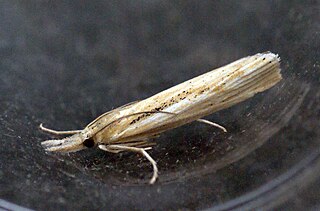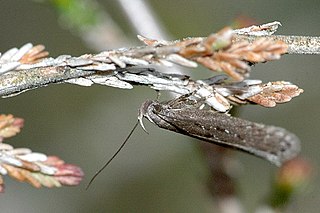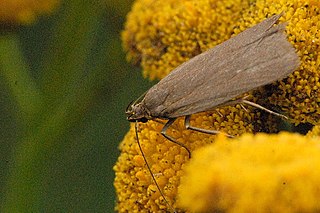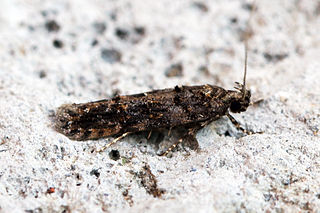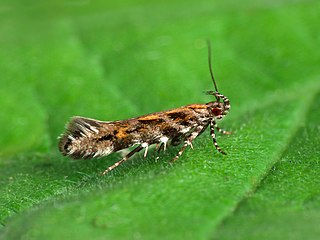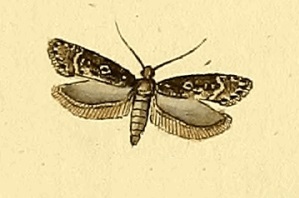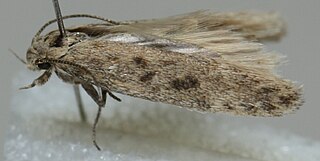Certain historical revisions of this page may meet criterion RD1 for revision deletion, as they contain significant copyright violations of https://web.archive.org/web/20160304204848/http://www.bladmineerders.nl/minersf/lepidopteramin/caryocolum/marmorea/marmorea.htm ( Copyvios report ) that have been removed in the meantime.
Note to admins: In case of doubt, remove this template and post a message asking for review at WT:CP. With this script, go to the history with auto-selected revisions. Note to the requestor: Make sure the page has already been reverted to a non-infringing revision or that infringing text has been removed or replaced before submitting this request. This template is reserved for obvious cases only, for other cases refer to Wikipedia:Copyright problems. Note to others: Please do not remove this template until an administrator has reviewed it. |
| Caryocolum marmorea | |
|---|---|
| | |
| Scientific classification | |
| Domain: | Eukaryota |
| Kingdom: | Animalia |
| Phylum: | Arthropoda |
| Class: | Insecta |
| Order: | Lepidoptera |
| Family: | Gelechiidae |
| Genus: | Caryocolum |
| Species: | C. marmorea |
| Binomial name | |
| Caryocolum marmorea (Haworth, 1828) | |
| Synonyms | |
| |
Caryocolum marmorea is a moth of the family Gelechiidae. It is found from Scandinavia to the Mediterranean islands, and from Ireland to Poland, Hungary and Greece. It is also found on the Canary Islands and Madeira. [2] It is also found in North America. [3]
The wingspan is about 11 mm. The head is light grey, face whitish. Terminal joint of palpi shorter than second. Forewings are ochreous- brown, costa mixed with dark fuscous and sometimes whitish, dorsum broadly paler and sometimes whitish mixed, connected with two pale or sometimes whitish spots before and beyond anterior stigmata, tornus and termen blackish-mixed; a blackish discal spot towards base; stigmata blackish, usually suffused and indistinct; a straight whitish interrupted fascia at 4/5. Hindwings 1, pale grey, darker terminally. The larva is yellowish-grey - green; dorsal and subdorsal lines dull reddish; head and plate of 2 black [4]
Adults are on wing from May to August. [5]
The larvae feed on Cerastium fontanum , Cerastium semidecandrum , Silene nocteolens and Silene otites . They mine the leaves of their host plant. [6] Larvae can be found from January to February. They are greenish yellow with three dirty green dorsal length lines and a black head.

